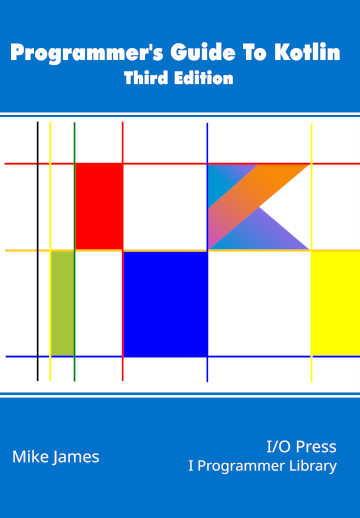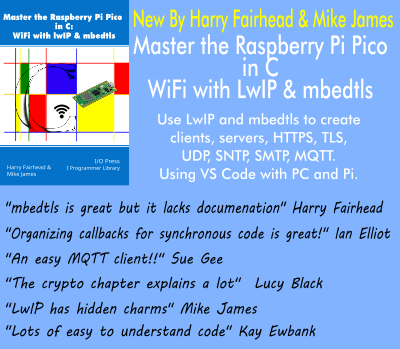| The Programmers Guide To Kotlin - Inline Functions |
| Written by Mike James | |||||||
| Tuesday, 25 June 2019 | |||||||
Page 3 of 3
If you have a valid reified type parameter T then you can use: obj is T obj !is T obj as T Obj as? T and reflection. The way that it works is that the type parameter is replaced by the actual type when the inline code is generated. So at the calling site: IS <Int>(23) becomes: obj is Int which is perfectly valid and works. Type reification is a small step in the right direction but you have to admit that Kotlin is boxed in by what Java and the JVM allows it to do. However, Java compatibility is well worth the trade off.
Summary
This article is an extract from: Programmer's Guide To Kotlin Third Edition
|
Google Releases Log Analytics Query Builder 24/11/2025 Google has released a Log Analytics query builder, a new tool designed to ease access to observability data in Google Cloud. |
Robotic Gut Spider For Exploring Digestive Tract 14/11/2025 Researchers from China have demonstrated soft, magnetically controlled robot "spiders" the size of a vitamin capsule that can move through the digestive tract to avoid the need for invasive endoscopie [ ... ] |
More News
|
Comments
or email your comment to: comments@i-programmer.info
<ASIN:1871962536>
<ASIN:1871962544>
Summary
-
You can store a reference to an anonymous function in a variable or pass the function as an argument to another function.
-
You can store a reference to a named function in a variable or parameter using the reflection reference operator ::
-
A reference to a lambda function can also be stored in a variable or passed as a parameter.
-
A lambda is defined as { parameter list -> code }
-
A lambda, anonymous or named function can be used as extension functions.
-
The shortened forms that you can use to define and call functions make them very suitable to implement DSLs and metaprogramming.
-
You cannot have a return in a lambda but you can use a qualified return.
-
Lambdas can be simplified to the point where they are difficult to understand. You can use it as a default parameter of a single parameter lambda, leave out parameters using underscore, and execute a lambda immediately.
-
All Kotlin functions support closure where variables that were in scope at the time the function was created remain accessible to the function even after they have gone out of scope.
-
Inline functions can be used to improve performance and add features such as non-local returns and reification



